A PRE-STRUCTURING PROPOSAL BASED ON THE H2020 WORK PROGRAMME
Following the release of the H2020 LEIT Work Programme 2014-2015, a number of the proposal group organisations were proactive and took an initiative to make a pre-structuring proposal to the 5G-infrastructure Association and the ICT community in general to suggest how a set of projects could fully address the scope of the 5G Infrastructure PPP call, which is a very ambitious Programme with KPIs that need a structured approach. The emerging opinion is that the 5G-infrastructure-PPP impact and objectives will only be achieved through a coordinated set of projects working together towards achieving the common PPP goals. As the new H2020 projects will be smaller in nature than previous framework programmes, effective coordination between projects will be even more crucial for success. For complementary projects to work efficiently, there must be an open discussion on how interfaces, overlaps and cross-issues are handled efficiently between projects. The 5G-Association could facilitate this. The pre-structuring proposal is intended to stimulate sufficient proposals to cover the full breath of the call and to ensure that no critical elements of the new system are overlooked, without excluding other topics that still may be suggested in the future. The starting point was a discussion on how the industry ideas, as presented in FUNEMS 2013 and in the Net!works SRAs, corresponded to the four R&I and INNO Strands defined in the Work Programme:
- R&I Strand: Radio network architecture & technologies
- R&I Strand: Convergence beyond last mile
- R&I Strand: Network management
- INNO Strand: Network Visualization and Software Networks
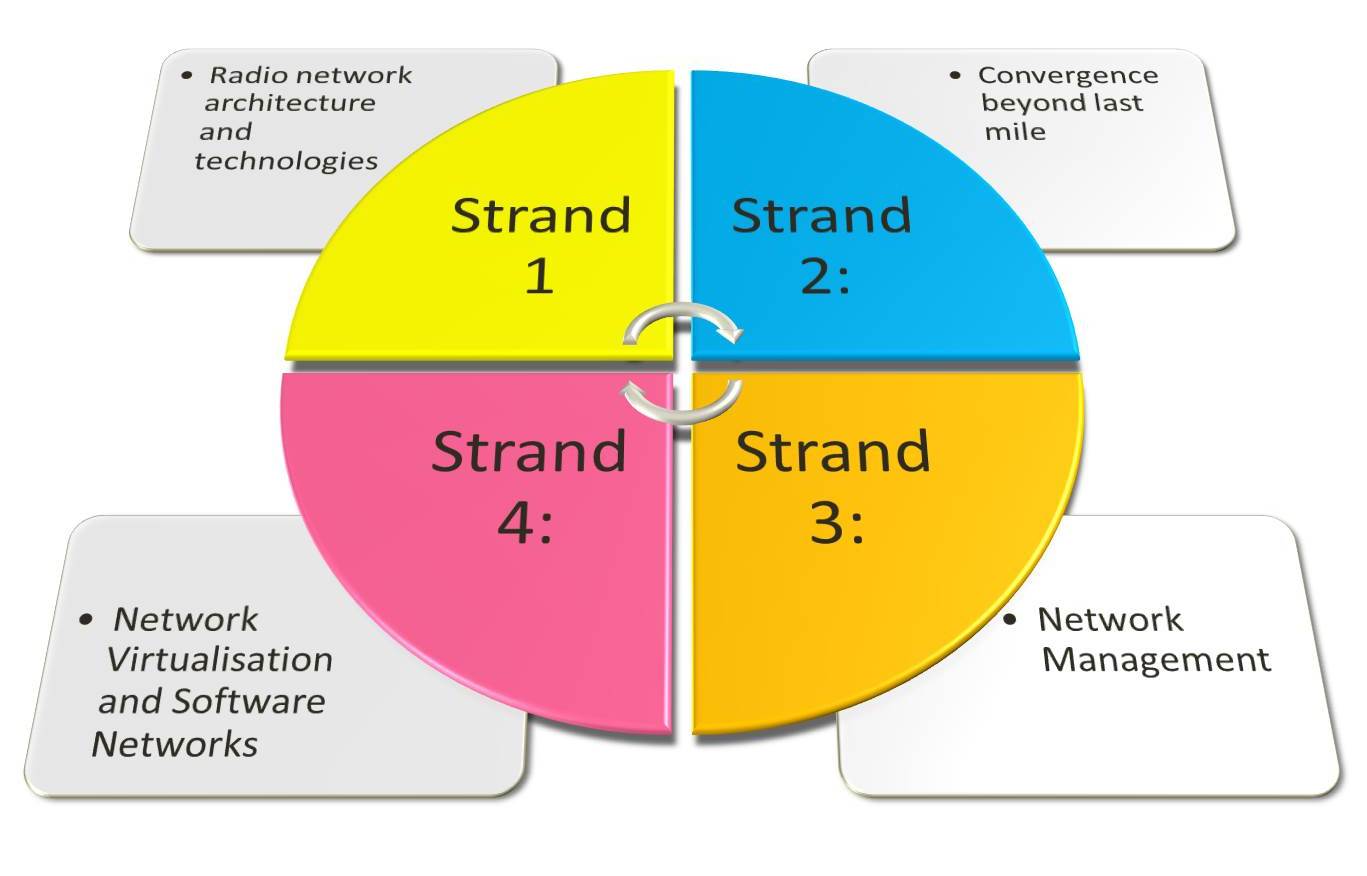
Another aspect of the consideration is to understand the implications of work being under the Research and Innovation (R&I) or Innovation (Inno) as the different categories have significantly different expectation in terms of the amount of research allowed and the amount of experimental demonstrations needed to prove impact. This pre-structuring model approach was first presented during the first General Assembly of the new Net!Works/ISI ETP on 29.10.2013 in Brussels. The objectives and principles of the pre-structuring Model approach was also referenced during the EC H2020 Call 1 Information Day organized on 31.01.14 in Brussels.
THE VISION
The shared vision is that 5G is not just another generation of mobile networks. It is a new network concept that enables the integration of a ubiquitous access continuum composed of cooperative, cognitive fixed and heterogeneous wireless resources, with fixed optical access reaching at least the 10 Gb/s range, while implementing new functionalities that allow simplified and unified control. There is a shared awareness that the development of new communication networks is dependent on the emergence of globally accepted standards in order to ensure interoperability, economies of scale with affordable cost for system deployment and end users. The 5G-PPP aims to have European industry driving the development of 5G standards and to develop and exploit at least 20% of the 5G SEP (standards essential patents). The following parameters are indicative new network characteristics to be achieved at an operational level:
- Providing 1000 times higher wireless area capacity and more varied service capabilities compared to 2010.
- Saving up to 90% of energy per service provided. The main focus will be in mobile
- Communication networks where the dominating energy consumption comes from the radio access network.
- Reducing the average service creation time cycle from 90 hours to 90 minutes.
- Creating a secure, reliable and dependable Internet with a “zero perceived” downtime for services provision
- Facilitating very dense deployments of wireless communication links to connect over 7 trillion wireless devices serving over 7 billion people.
- Enabling advanced user controlled privacy
This new high-performance network will be operated via a scalable management framework enabling fast deployment of novel applications, including sensor based applications, with reduction of the network management opex. In addition, new lightweight but robust security and authentication metrics suitable for a new era of pervasive multi domain visualized networks and services will have to be provided.
PUTTING MORE SUBSTANCE IN THE PRE-STRUCTURING PROPOSAL
The challenge now facing the community is how to make sure a set of relatively small projects can collectively adequately address the scope of the call while acknowledging and fulfilling their respective parts as part of one ambitious 5G-infrastructures programme. The pre-structuring model will help potential project proposers to understand the level of inter-project collaborative actions that will be necessary as well as giving them a clear opinion from significant industry players as to where the priorities should lie in this programme. What has already emerged is that the KPIs demand significant new technologies in the radio area so it is expected that there will be proportionally more work in this strand in the first phase. A disclaimer must be added at this point to say that the model is a suggestion and there is no guarantee that the commission, or their independent evaluators, will share the ideas of the group who are making this suggestion. For clarification purposes, the EU Commission and the evaluators shall continue to keep full decision power regarding the selection of the projects and the award of the grants. You can download the document here: 5G-Infra-PPP Pre-Structuring Model v2.0





 Joint Statement for an Ambitious FP10: Investing in Europe’s Future Competitiveness through Collaborative Research, Development
Joint Statement for an Ambitious FP10: Investing in Europe’s Future Competitiveness through Collaborative Research, Development India’s Bharat 6G Alliance and 6G Smart Networks and Services Industry Association (6G-IA) Announce Memorandum of Understanding
India’s Bharat 6G Alliance and 6G Smart Networks and Services Industry Association (6G-IA) Announce Memorandum of Understanding Registration open & Call for Papers Extended - 51st WWRF Meeting, 18-20 June 2024
Registration open & Call for Papers Extended - 51st WWRF Meeting, 18-20 June 2024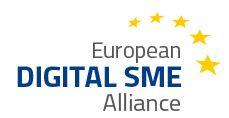 Call for Hardware Enablers integrating emerging technologies in Extended Reality (XR)
Call for Hardware Enablers integrating emerging technologies in Extended Reality (XR)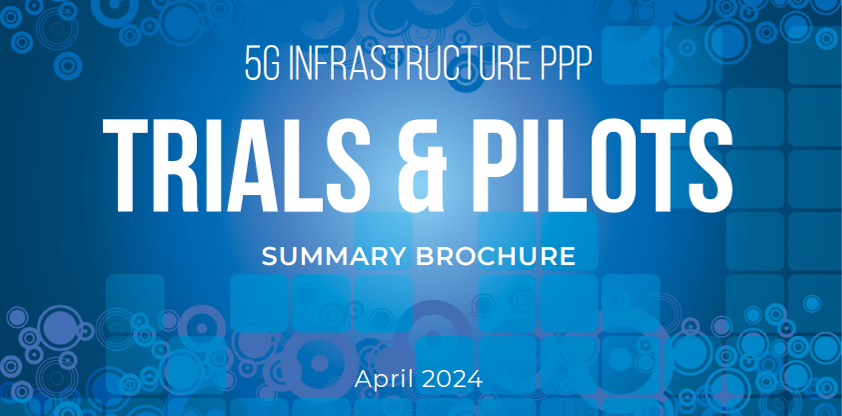 5G PPP Trials and Pilots Summary Brochure 2024
5G PPP Trials and Pilots Summary Brochure 2024 5G-LOGINNOV Publication of Position Papers on AI and 5G Networks
5G-LOGINNOV Publication of Position Papers on AI and 5G Networks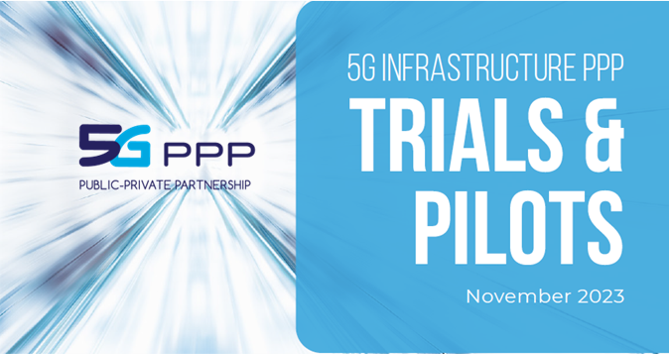 The 5G PPP Infrastructure Trials and Pilots brochure #4 is out
The 5G PPP Infrastructure Trials and Pilots brochure #4 is out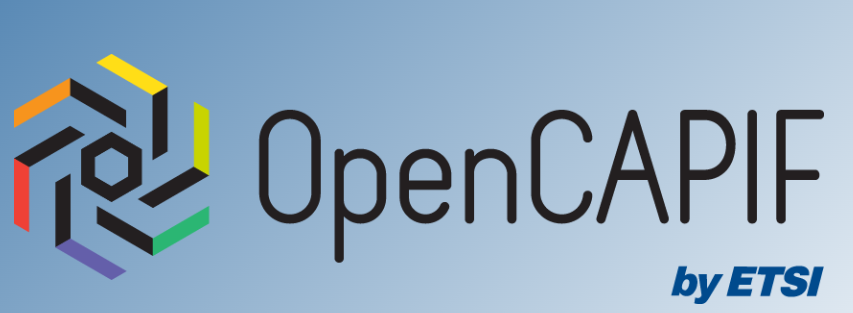 OpenCapif Official Launch
OpenCapif Official Launch


